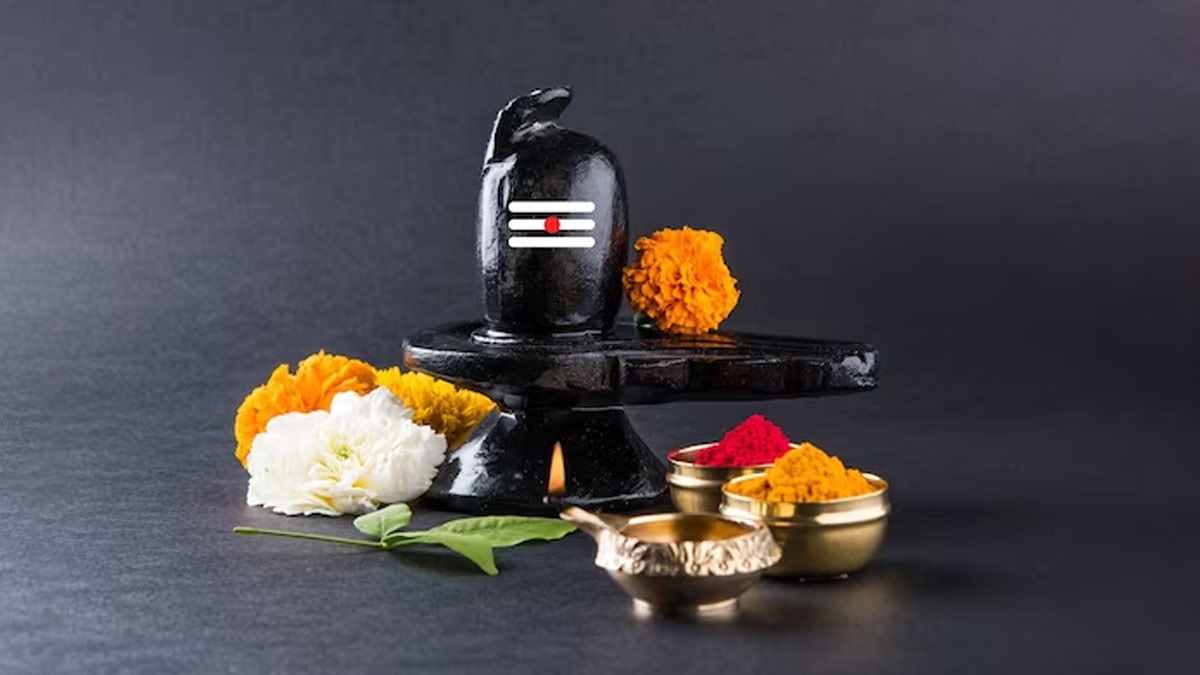
In Hinduism, offering Prasad to deities is an important ritual, but when it comes to the Shivling, certain rules and beliefs must be followed. Many devotees wonder whether the Prasad placed on the Shivling can be consumed. Understanding the religious significance behind this tradition can help maintain spiritual discipline.
Can Prasad Offered on Shivling Be Eaten?
According to traditional beliefs, Prasad placed directly on the Shivling is not meant for human consumption. It is considered an offering to Lord Shiva, and once it touches the Shivling, it is believed to be solely for divine acceptance. Unlike Prasad from other deities, which is later distributed among devotees, offerings to the Shivling follow different customs.
Why Is It Not Consumed?
- Symbol of Absorption – The Shivling represents the cosmic energy and destruction of worldly desires. Once something is offered to it, it is believed to be absorbed spiritually rather than returned as Prasad.
- Sacredness of Lord Shiva’s Worship – Unlike idols of other deities, the Shivling is worshiped with offerings that often flow away, such as milk, water, and honey, signifying the continuous cycle of life and detachment.
- Customary Practice – Scriptures and temple traditions do not include the practice of distributing Prasad from the Shivling, reinforcing the belief that these offerings belong solely to Lord Shiva.
Offerings That Can Be Accepted as Prasad
While Prasad placed directly on the Shivling is not consumed, certain offerings made near the Shivling can be distributed, such as:
- Fruits and sweets placed on a separate plate or near the Shivling.
- Bel Patra and flowers, which some devotees take home as a blessing.
- Panchamrit (a mixture of milk, honey, curd, ghee, and sugar) if collected before pouring on the Shivling.
--Advertisement--

 Share
Share



